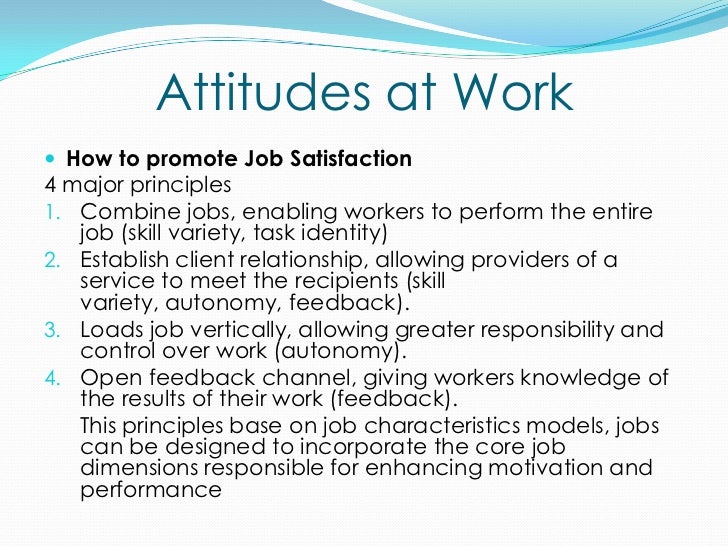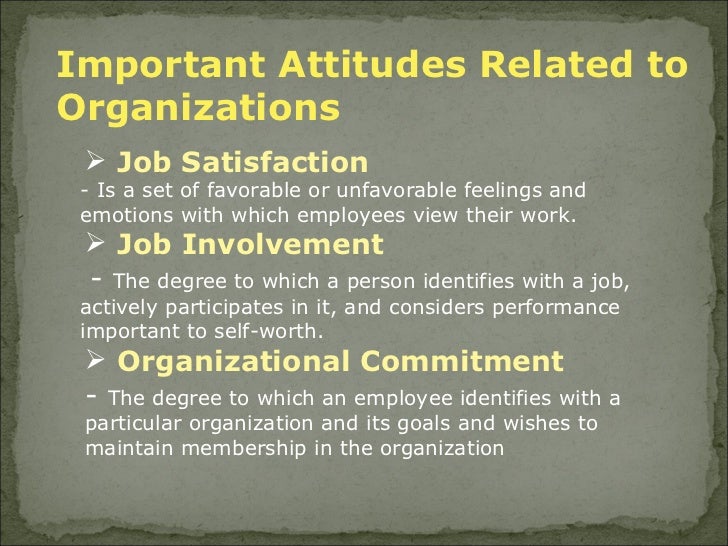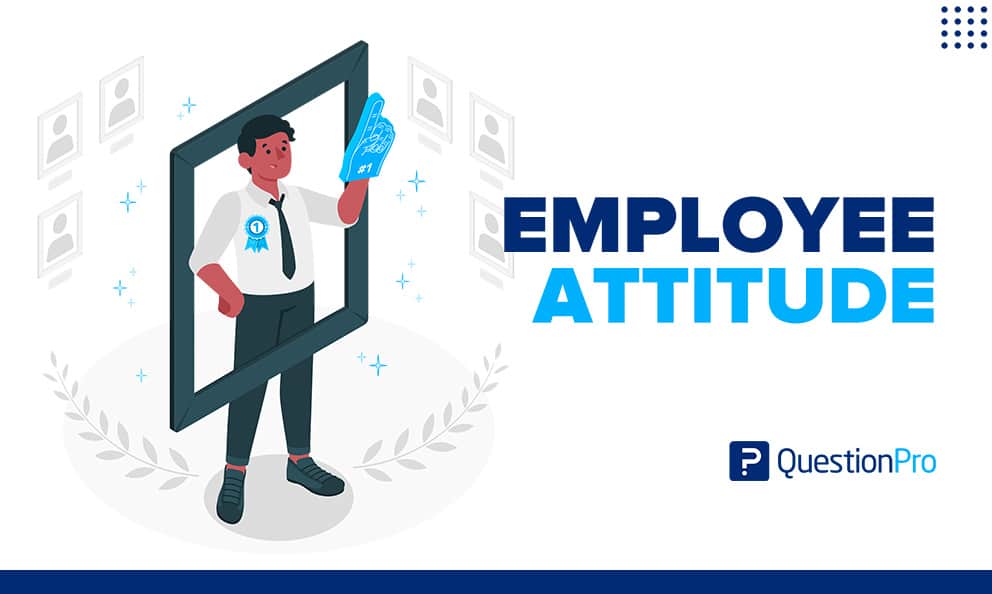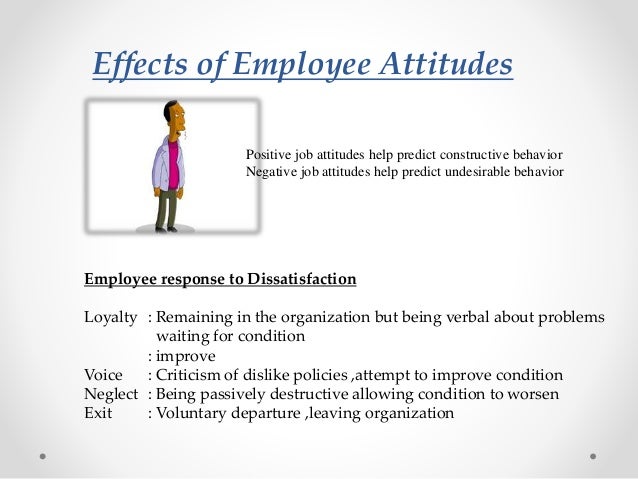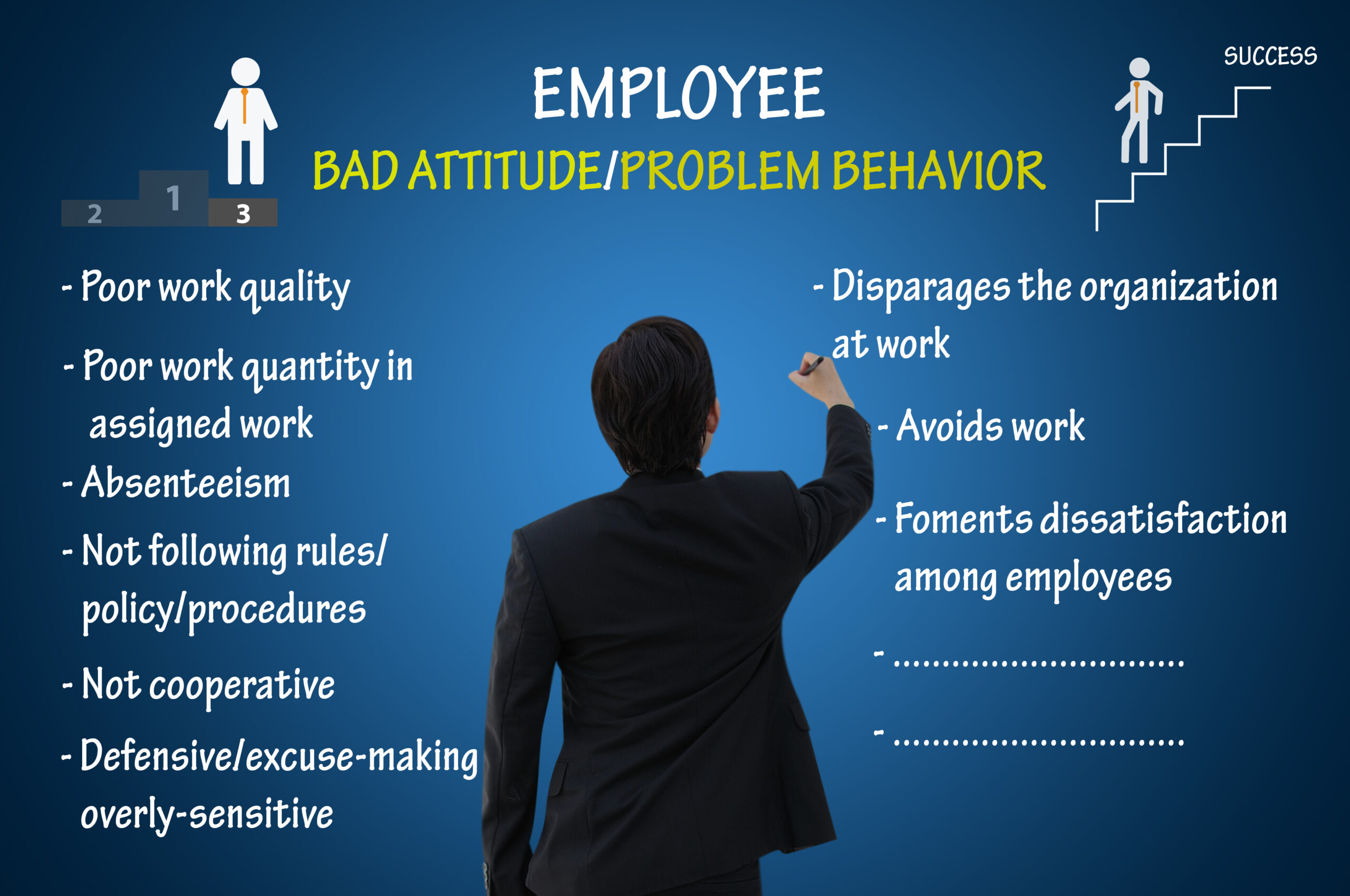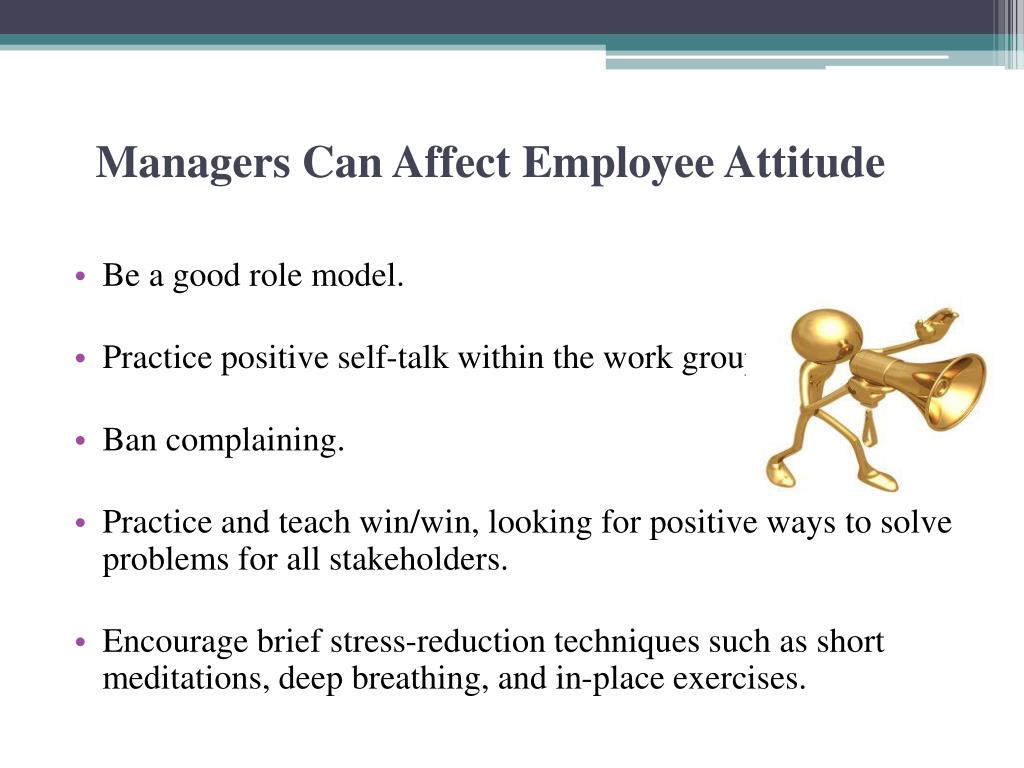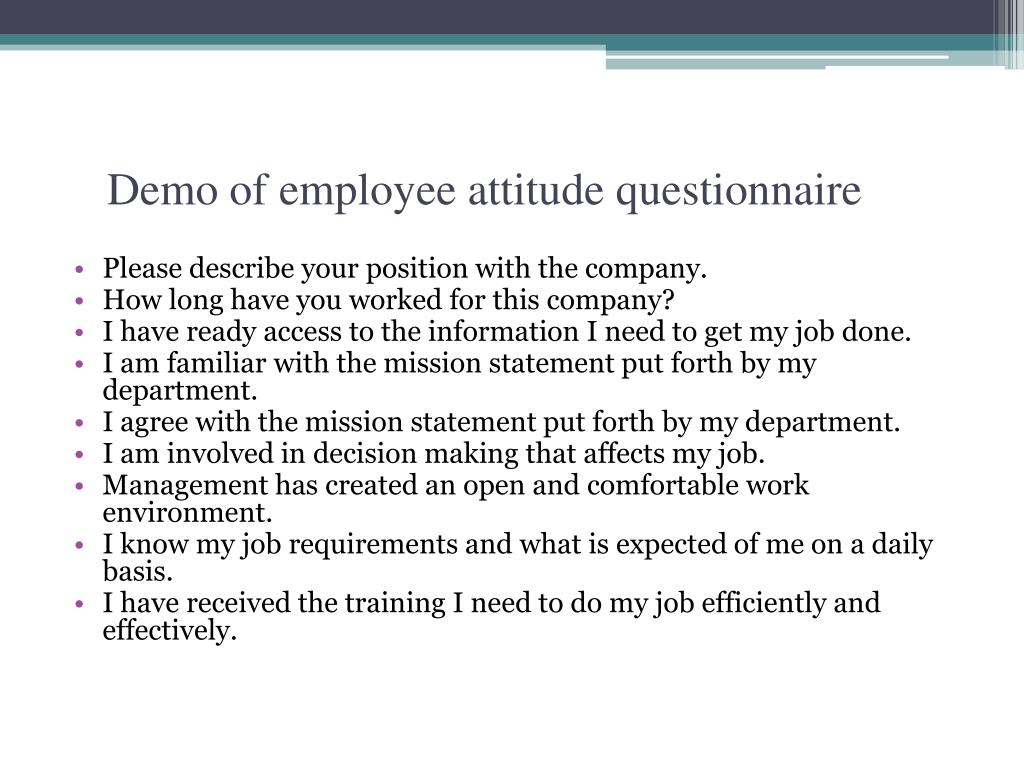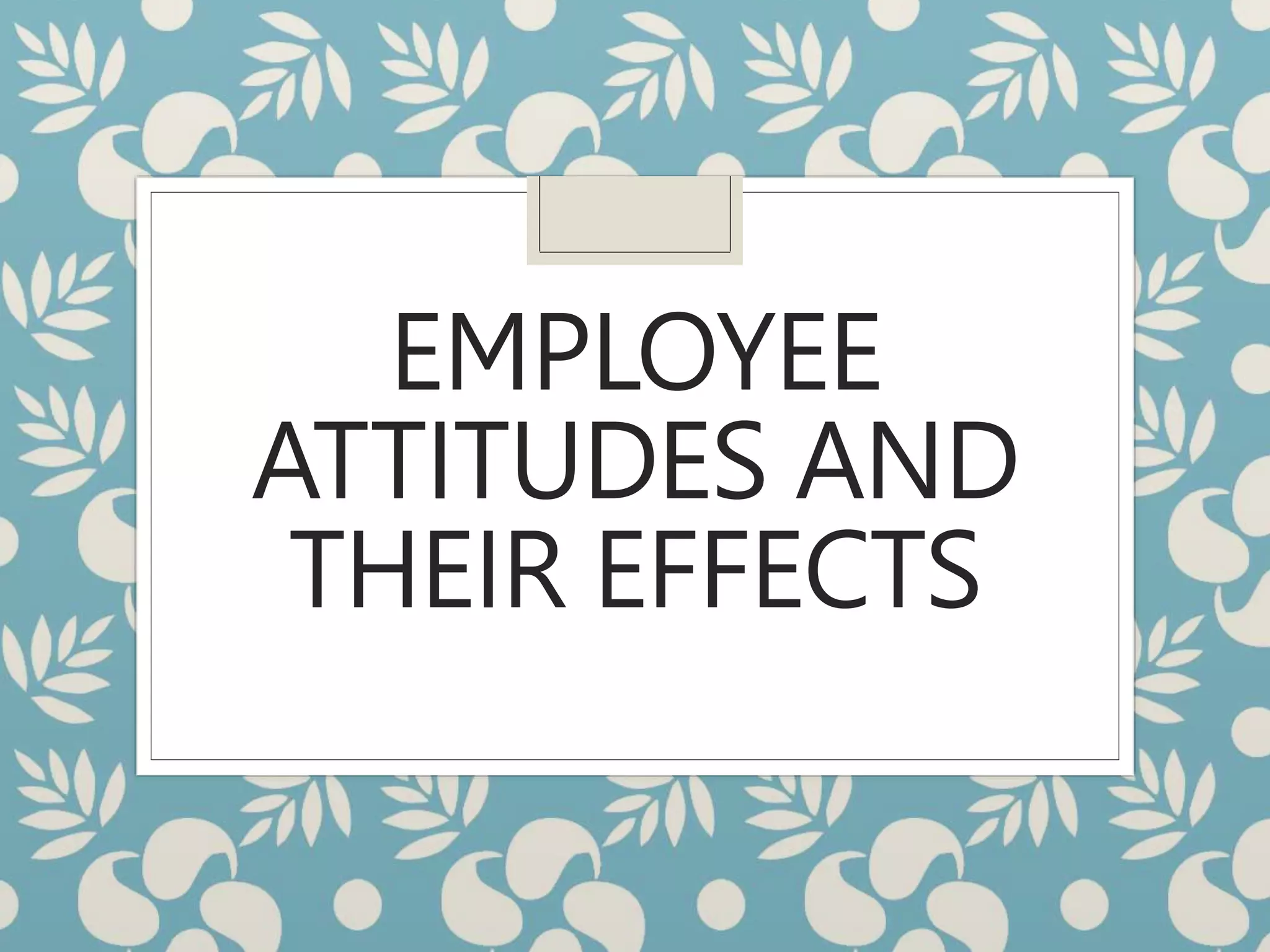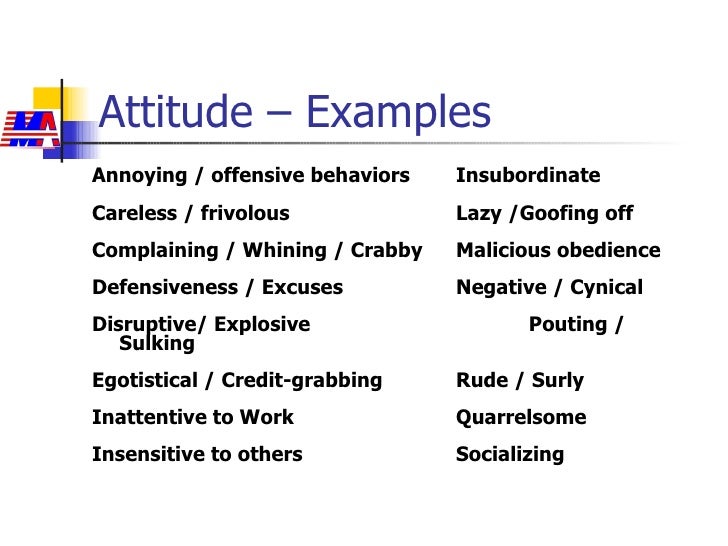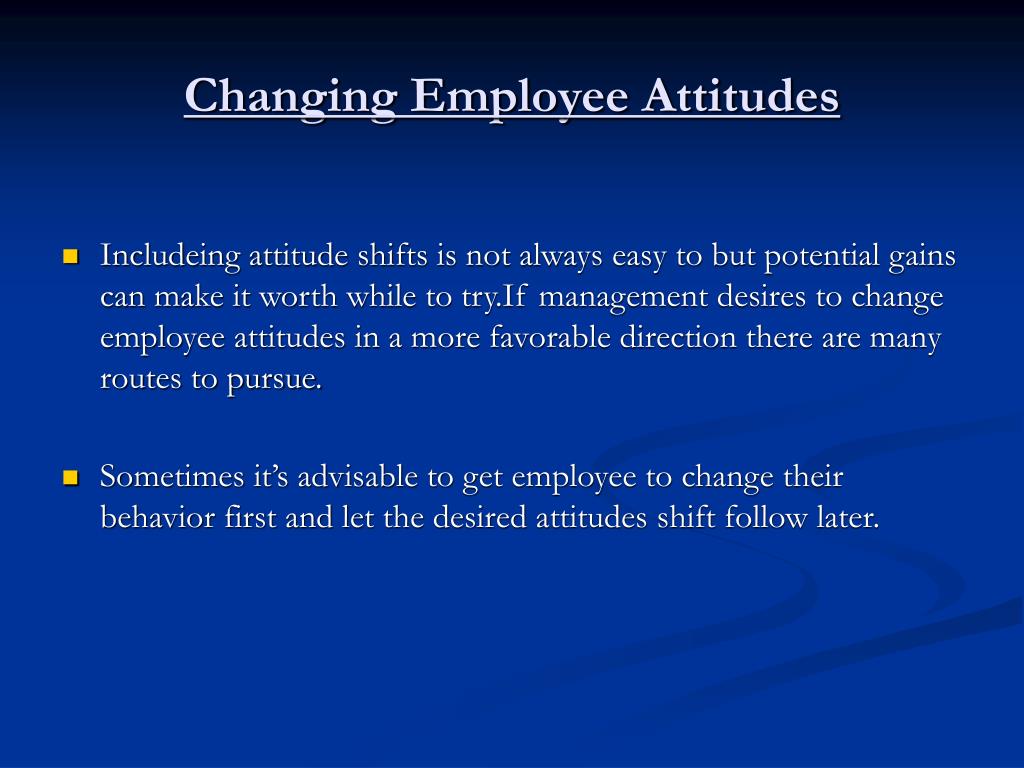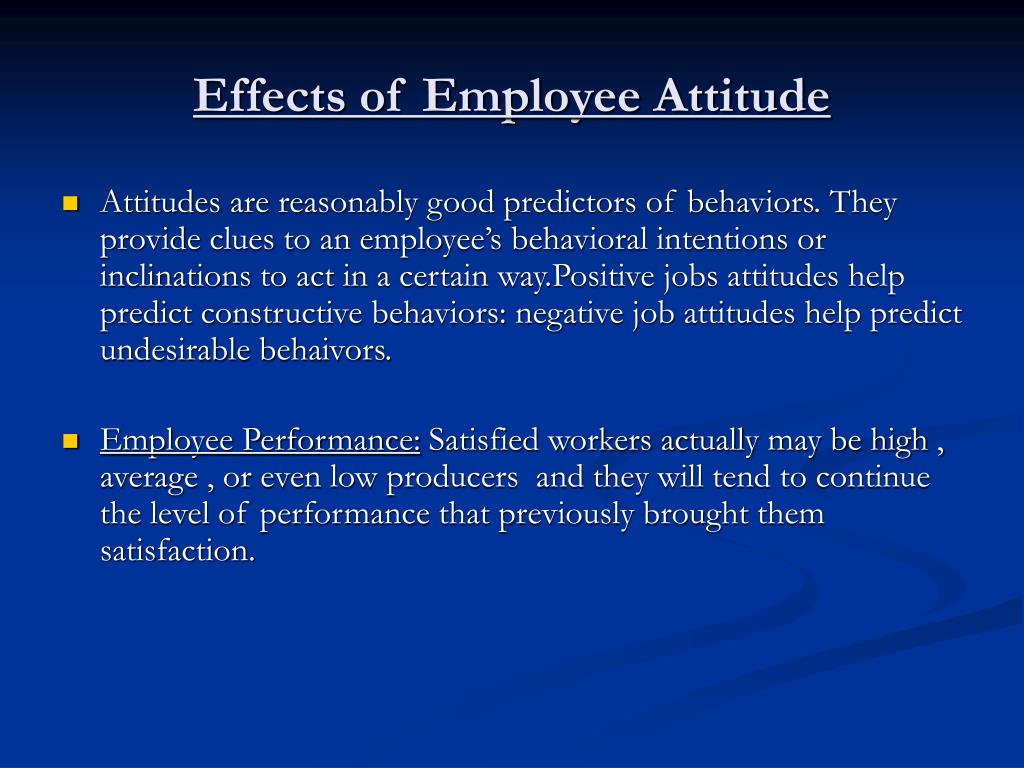How To Talk To An Employee About Attitude

A toxic workplace atmosphere can spread like wildfire, fueled by negativity and impacting productivity, morale, and ultimately, the bottom line. Addressing a problematic employee attitude is a delicate but crucial task for any manager aiming to foster a healthy and productive work environment. The line between constructive criticism and demoralizing confrontation is often thin, demanding a thoughtful and strategic approach.
Effectively addressing an employee's negative attitude requires careful planning, direct communication, and a focus on behavior rather than personality. This article will delve into the essential steps managers should take when navigating these sensitive conversations, drawing on expert advice and best practices from HR professionals and leadership consultants. It will provide actionable strategies for approaching the conversation, delivering feedback, and establishing clear expectations for future behavior.
Preparing for the Conversation
Before initiating a discussion, thorough preparation is essential. Start by documenting specific instances of the problematic behavior. This includes dates, times, descriptions of the actions, and the impact they had on colleagues or projects.
Objective evidence is critical to avoid accusations of bias or subjectivity, according to the Society for Human Resource Management (SHRM). This documentation will serve as the foundation for your feedback.
Consider the employee's perspective. Have there been any recent changes in their personal or professional life that might be contributing to the change in behavior? While not an excuse, understanding potential contributing factors can inform your approach and foster empathy.
Initiating the Conversation
Choose a private and neutral setting for the conversation. Privacy ensures the employee feels comfortable and respected, fostering a more open dialogue. Schedule the meeting in advance and clearly state the purpose: to discuss concerns about their work performance and attitude.
Begin by acknowledging the employee's contributions to the team. This establishes a positive tone and reinforces that the conversation is not intended as a personal attack. Briefly state the reason for the meeting, emphasizing your commitment to their professional growth.
Delivering Feedback Effectively
Focus on specific, observable behaviors, not personality traits. Instead of saying "You have a negative attitude," try, "I've noticed that in the last few team meetings, your comments have been consistently critical of new initiatives." According to Dr. Susan Jones, a leadership consultant, behavior-based feedback is more likely to be understood and accepted.
Use the "Situation-Behavior-Impact" (SBI) feedback model. Describe the specific situation, the observed behavior, and the impact that behavior had on others or the team's goals. This creates a clear connection between actions and consequences.
Listen actively to the employee's response. Allow them to share their perspective without interruption. Ask clarifying questions to ensure you understand their point of view and any underlying challenges they may be facing.
Establishing Expectations and Creating a Plan
Clearly state your expectations for future behavior. Be specific about what needs to change and how the employee can demonstrate improvement. Set measurable goals that can be tracked over time.
Collaborate with the employee to develop a plan for improvement. This may involve training, mentorship, or adjustments to their workload. Employee engagement is often increased when employees feel they have input in their own development, reported a recent Gallup poll.
Schedule regular follow-up meetings to monitor progress and provide ongoing feedback. Consistent communication is crucial to ensure the employee stays on track and feels supported. Document the outcomes of these meetings.
When to Seek External Support
In some cases, an employee's attitude may be rooted in deeper issues that require professional intervention. Consider offering access to an Employee Assistance Program (EAP) or other mental health resources. This demonstrates your commitment to their well-being and can provide valuable support.
If the problematic behavior persists despite repeated efforts, consult with your HR department. They can provide guidance on disciplinary procedures and ensure you are complying with company policies and legal requirements. Legal compliance is paramount when addressing performance issues.
Looking Ahead: Fostering a Positive Workplace Culture
Addressing individual attitude issues is only one piece of the puzzle. Creating a positive and supportive workplace culture is essential for preventing future problems. This includes promoting open communication, providing opportunities for growth and development, and recognizing and rewarding positive contributions.
By proactively fostering a healthy work environment, organizations can minimize negativity, enhance employee engagement, and ultimately achieve greater success.

